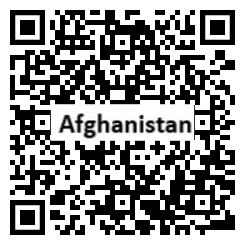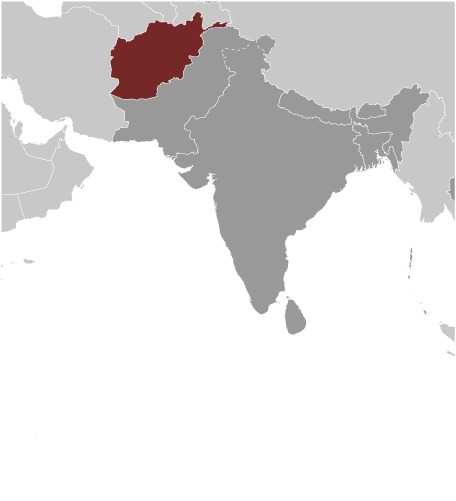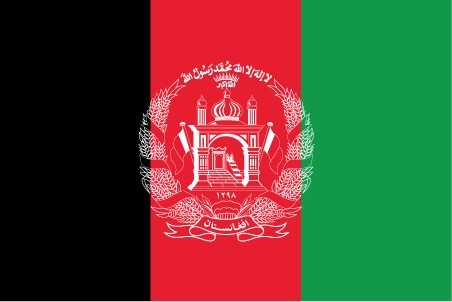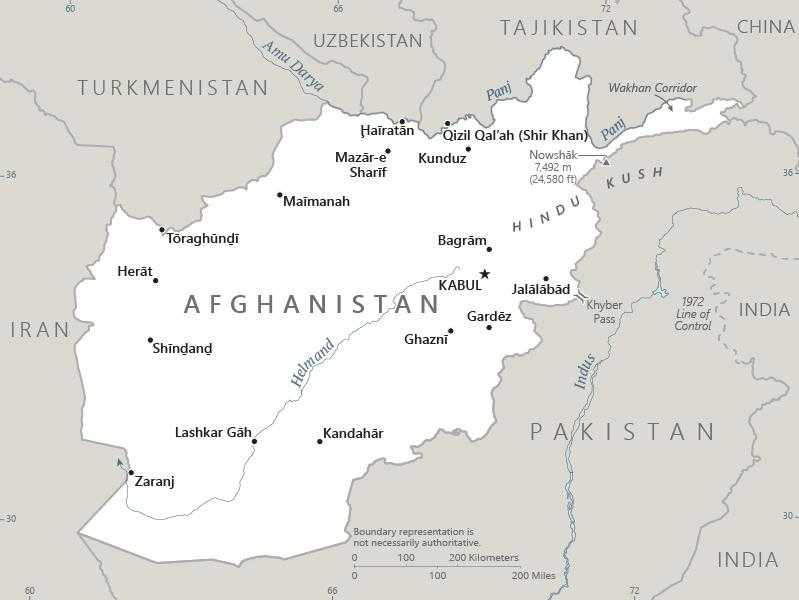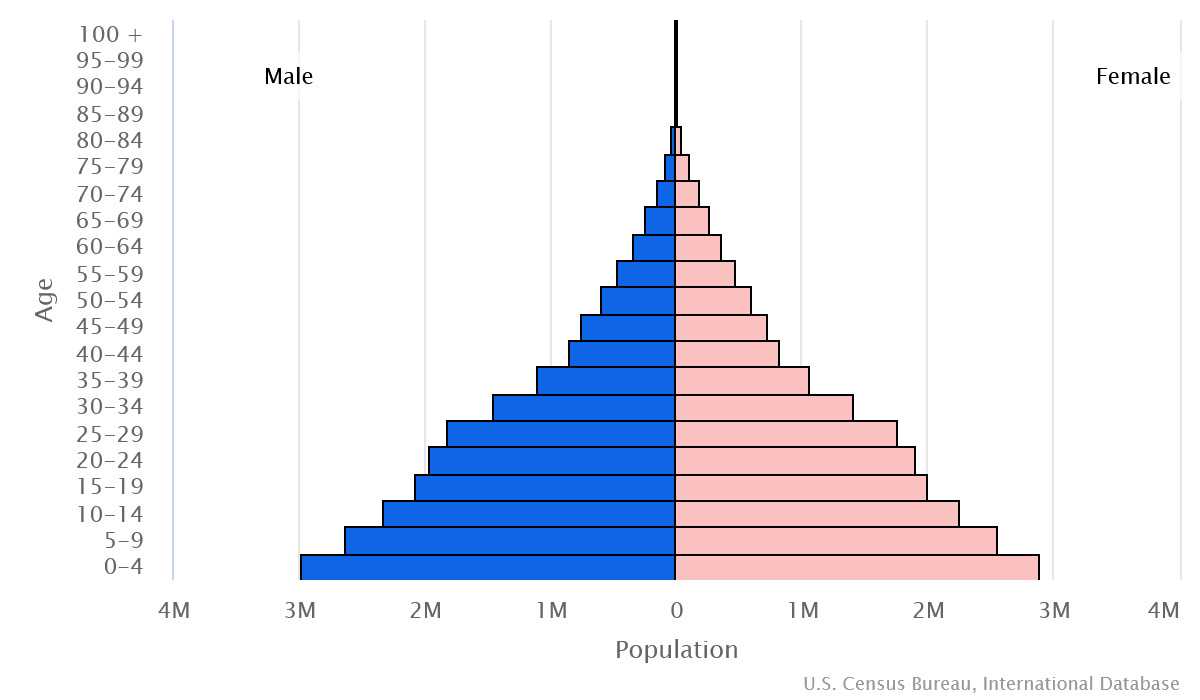Introduction
Background
Afghanistan served as a buffer between the British and Russian Empires until it won independence from British control in 1919. In August 2021, the Islamic fundamentalist Taliban overran the country; the latest group to rule in this war-torn country since 1979.
Geography
Area
total : 652,230 sq km
land: 652,230 sq km
water: 0 sq km
Climate
arid to semiarid; cold winters and hot summers
Natural resources
natural gas, petroleum, coal, copper, chromite, talc, barites, sulfur, lead, zinc, iron ore, salt, precious and semiprecious stones, arable land
People and Society
Population
total: 40,121,552
Ethnic groups
current, reliable statistical data on ethnicity in Afghanistan are not available; Afghanistan's 2004 Constitution cited Pashtun, Tajik, Hazara, Uzbek, Turkman, Baluch, Pashaie, Nuristani, Aymaq, Arab, Qirghiz, Qizilbash, Gujur, and Brahwui ethnicities; Afghanistan has dozens of other small ethnic groups
Languages
Afghan Persian or Dari (official, lingua franca) 77%, Pashto (official) 48%, Uzbeki 11%, English 6%, Turkmani 3%, Urdu 3%, Pashaie 1%, Nuristani 1%, Arabic 1%, Balochi 1%, other <1% (2020 est.)
Religions
Muslim 99.7% (Sunni 84.7 - 89.7%, Shia 10 - 15%), other <0.3% (2009 est.)
Population growth rate
2.22% (2024 est.)
Government
Government type
theocratic; the United States does not recognize the Taliban Government
Capital
name: Kabul
Executive branch
chief of state: Taliban Leader HAYBATULLAH Akhundzada (since 15 August 2021)
head of government: overall Taliban Leader HAYBATULLAH Akhundzada is the [so-called] Amir-ul Momineen of the Taliban and is seen by them as a head of government
Legislative branch
description: before August 2021, Afghanistan had a bicameral National Assembly that consisted of the House of Elders and House of the People; the parliament has been in hiatus since August 2021 and the Taliban have shown no interest in reviving it
Economy
Economic overview
extremely low-income South Asian economy; import drops, currency depreciation, disappearing central bank reserves, and increasing inflation after Taliban takeover; increasing Chinese trade; hit hard by COVID; ongoing sanctions
Real GDP (purchasing power parity)
$80.416 billion (2022 est.)
$85.768 billion (2021 est.)
$108.209 billion (2020 est.)
Real GDP per capita
$2,000 (2022 est.)
$2,100 (2021 est.)
$2,800 (2020 est.)
Agricultural products
wheat, milk, watermelons, grapes, potatoes, cantaloupes/melons, vegetables, rice, onions, apples (2022)
Industries
small-scale production of bricks, textiles, soap, furniture, shoes, fertilizer, apparel, food products, non-alcoholic beverages, mineral water, cement; handwoven carpets; natural gas, coal, copper
Exports
$1.476 billion (2020 est.)
$1.516 billion (2019 est.)
$1.609 billion (2018 est.)
Exports - partners
Pakistan 57%, India 28%, China 3%, UAE 2%, Turkey 2% (2022)
Exports - commodities
coal, cotton, grapes, gum resins, nuts (2022)
Imports
$6.983 billion (2020 est.)
$7.371 billion (2019 est.)
$7.988 billion (2018 est.)
Imports - partners
UAE 21%, Kazakhstan 17%, Pakistan 17%, China 9%, Uzbekistan 9% (2022)
Imports - commodities
wheat, tobacco, palm oil, packaged medicine, rice (2022)
Exchange rates
afghanis (AFA) per US dollar -
Page last updated: Wednesday, July 24, 2024
